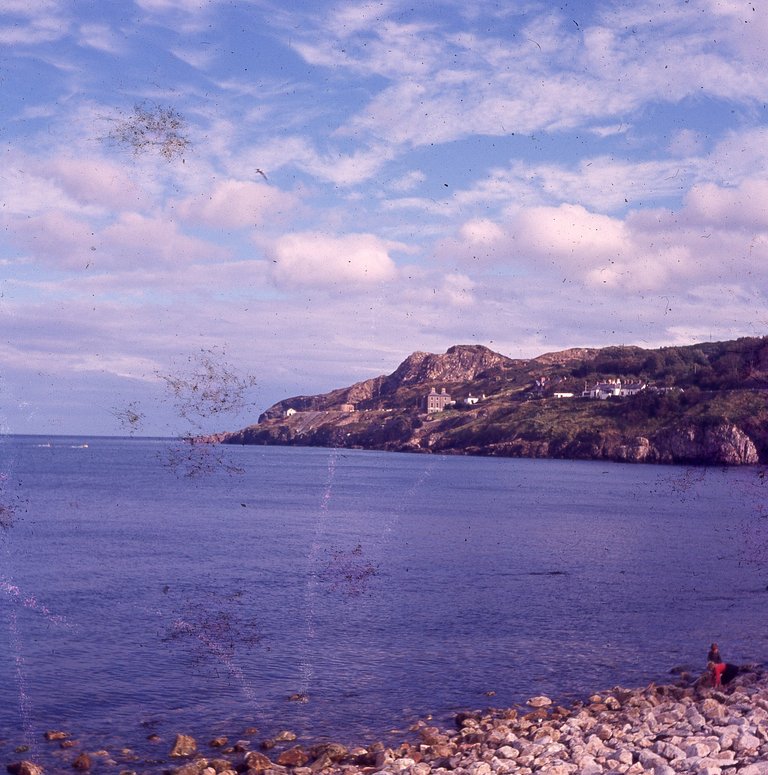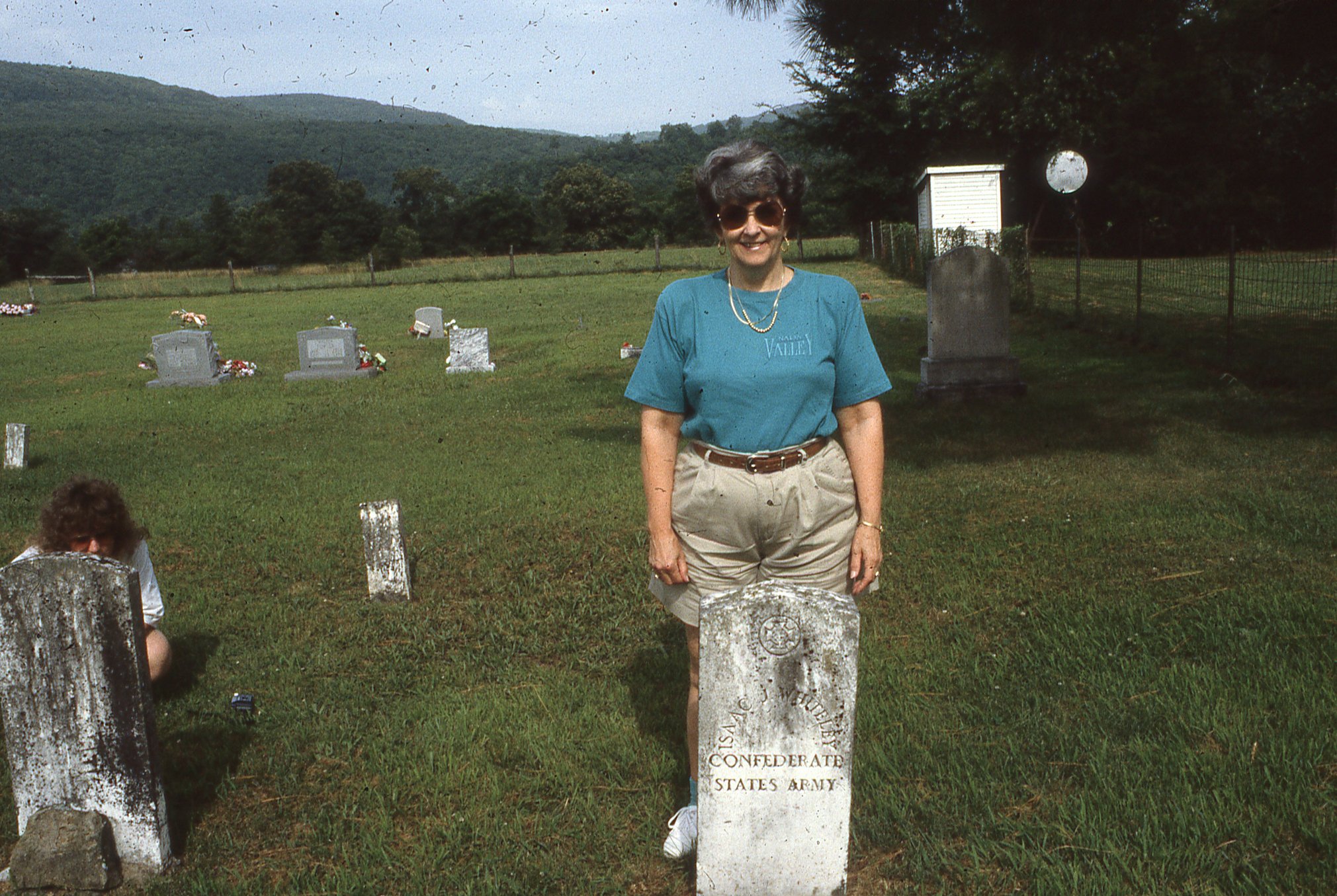PC World was perhaps the widest read PC magazine during its life. Issues from the 1980s were massive with this issue from September 1987 coming in at around 420 pages. The page count gradually decreased over the years with the Internet finally destroying this magazine as it did so many others. Contents of this issue include:
Getting Started
- Worksheets by Design - A beginner's guide to creating a worksheet in your favorite spreadsheet program.
- Laser-Perfect - Using the LaserJet Plus with WordPerfect 4.2.
Community
- DOS Amigos - Interviews with Compaq's Rod Canion and Tandy's John roach in which they talk about the PS/2 and the future of personal computing.
- The Knowledge Engineers - Capturing knowledge with Expert Systems.

Table of Contents from the September 1987 issue of PC World
Review
- NewViews Breaks the Rules - A look at a new accounting software product from Q.W. Page that combines a spreadsheet with an audit trail.
- Letters From Cell A17 - A look at three add-in products for Lotus 1-2-3 that add word processing capabilities. These are 4Word, InWord, and Write-in.
- Dimensional Fortitude - A look at two three-dimensional spreadsheet programs (basically combining the functionality of multiple worksheets), Boeing Calc and MVP Spreadsheet Plus.
Hands On
- From Ledger to Spreadsheet - Using EasyBusiness Systems, Lotus 1-2-3 and DOS Exports, you too can movie data from a Ledger to a spreadsheet.
- Up From WordStar - Various macros to make Microsoft Word and WordPerfect work more like WordStar.

Table of Contents from the September 1987 issue of PC World (continued)
Departments
- David Bunnell - The FCC proposes to add "access fees" to dial-up to online services such as CompuServe of $4.50 to $5.40 an hour.
- Letters - Letters from readers regarding IBM, the PS/2 Model 60, the PS/2 Model 50 and converting programs to 3.5" disks, the Kyocera F-1010 laser printer, software piracy, PC-Talk, and more.
- Harry Miller - Using new to tools beyond spreadsheets for financial analysis and budgeting.
- Stewart Alsop - The strategy behind new product announcements.
- Top of the News - Toshiba gets in trouble for selling submarine propeller technology to the Soviet Union; Koryo Systems announces the Inchon, a 286/386-upgradable desktop system the size of a laptop; Hercules announces PS/2 card; Daybreak announces Satin integrated package that includes spreadsheet, file manager, word processor, communications package and idea processor; Epson to release low end PC clone called Apex featuring an 8088-2 processor, 512K RAM and two 360K floppy drives.
- PC World View - An interview with Ashton-Tate CEO Edward Esber, Jr. about dBase IV and Ashton-Tate's future plans.
- Product Outlook - Recent product announcements and upcoming releases including Byline (desktop publishing software); the Zenith Easy PC; new Wyse models including the PC 286 Model 2108, Model 2112, Model 2214 and Model 3216; the Turbo 888-XT Headstart Computer System; and more.
- From the Software Shelf - Reviews of the latest software, including Xerox Ventura Publisher (desktop publishing program), True BASIC 2.0 (BASIC compiler), Eureka: The Solver (equation solver), and Opt-Tech Sort (DOS sort utility), Glyphix (font designer).

Back cover of the September 1987 issue of PC World
Read more: https://www.megalextoria.com/wordpress/index.php/2023/08/31/pc-world-september-1987/






































